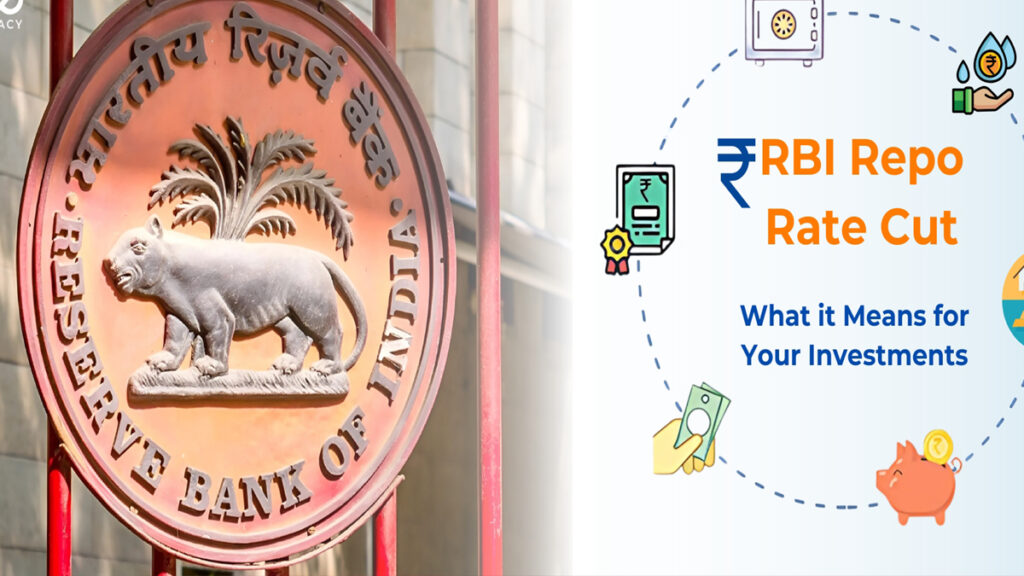Now Reading: EVs lose the funding race as investors drive hard bargain
-
01
EVs lose the funding race as investors drive hard bargain
EVs lose the funding race as investors drive hard bargain

The electric vehicle (EV) sector is facing a funding crunch as investors become more selective about where they put their money. This is due to a number of factors, including the rising costs of raw materials, the increasing competition from established automakers, and the uncertainty surrounding government policies.
According to a report by BloombergNEF, global investment in EVs fell by 26% in the first half of 2024. This is a significant decline from the record levels of funding that the sector saw in 2023.
The decline in funding is being felt across the EV sector, from startups to established companies. In recent months, a number of EV startups have been forced to shut down or scale back their operations due to a lack of funding.
Established automakers are also feeling the pinch. Ford recently announced that it was delaying the construction of two new EV battery plants due to concerns about the cost.
The funding crunch is a major challenge for the EV sector. Without sufficient funding, it will be difficult for companies to develop new technologies, expand production capacity, and compete with established automakers.
However, the long-term outlook for the EV sector remains positive. The demand for EVs is expected to continue to grow in the coming years, driven by concerns about climate change and the rising cost of gasoline.
As the EV sector matures, it is likely that investors will become more confident in its long-term prospects. This should lead to a renewed flow of funding into the sector.
In the meantime, EV companies will need to be creative in order to secure the funding they need to grow. This may involve partnering with other companies, seeking government support, or focusing on niche markets.
The funding crunch is a challenge, but it is not an insurmountable one. The EV sector has a bright future, but it will need to weather the current storm in order to reach its full potential.
Reasons for the funding crunch
There are a number of reasons for the current funding crunch in the EV sector.
- Rising costs of raw materials: The cost of raw materials used in EV batteries, such as lithium and nickel, has increased significantly in recent years. This is making it more expensive for EV companies to produce their vehicles.
- Increasing competition from established automakers: Established automakers are now investing heavily in EVs. This is putting pressure on EV startups, which are struggling to compete with the resources and scale of the established players.
- Uncertainty surrounding government policies: Government policies related to EVs are still evolving. This creates uncertainty for investors, who are unsure about the long-term prospects of the sector.
Impact of the funding crunch
The funding crunch is having a number of impacts on the EV sector.
- Startups are struggling to survive: Many EV startups are struggling to raise the funding they need to stay afloat. This is leading to a number of bankruptcies and shutdowns.
- Established companies are delaying investments: Established companies are also being affected by the funding crunch. Some companies are delaying or scaling back their investments in EVs.
- Innovation is slowing down: The funding crunch is also slowing down innovation in the EV sector. Companies are less likely to invest in risky new technologies when they are struggling to raise funding.
What can be done to address the funding crunch?
There are a number of things that can be done to address the funding crunch in the EV sector.
- Governments can provide more support: Governments can play a role in supporting the EV sector by providing subsidies, tax breaks, and other incentives.
- Investors can take a longer-term view: Investors need to take a longer-term view of the EV sector. The sector is still in its early stages, but it has the potential for significant growth in the future.
- EV companies can focus on niche markets: EV companies can focus on niche markets, such as commercial vehicles or electric buses. This can help them to gain a foothold in the market and attract funding.
The funding crunch is a challenge for the EV sector, but it is not an insurmountable one. By taking the right steps, the sector can overcome this challenge and continue to grow.
Conclusion
The EV sector is facing a funding crunch as investors become more selective about where they put their money. This is due to a number of factors, including the rising costs of raw materials, the increasing competition from established automakers, and the uncertainty surrounding government policies.
The funding crunch is having a number of impacts on the EV sector, including slowing down innovation and making it difficult for startups to survive.
There are a number of things that can be done to address the funding crunch, including governments providing more support, investors taking a longer-term view, and EV companies focusing on niche markets.
The EV sector has a bright future, but it will need to weather the current storm in order to reach its full potential.










